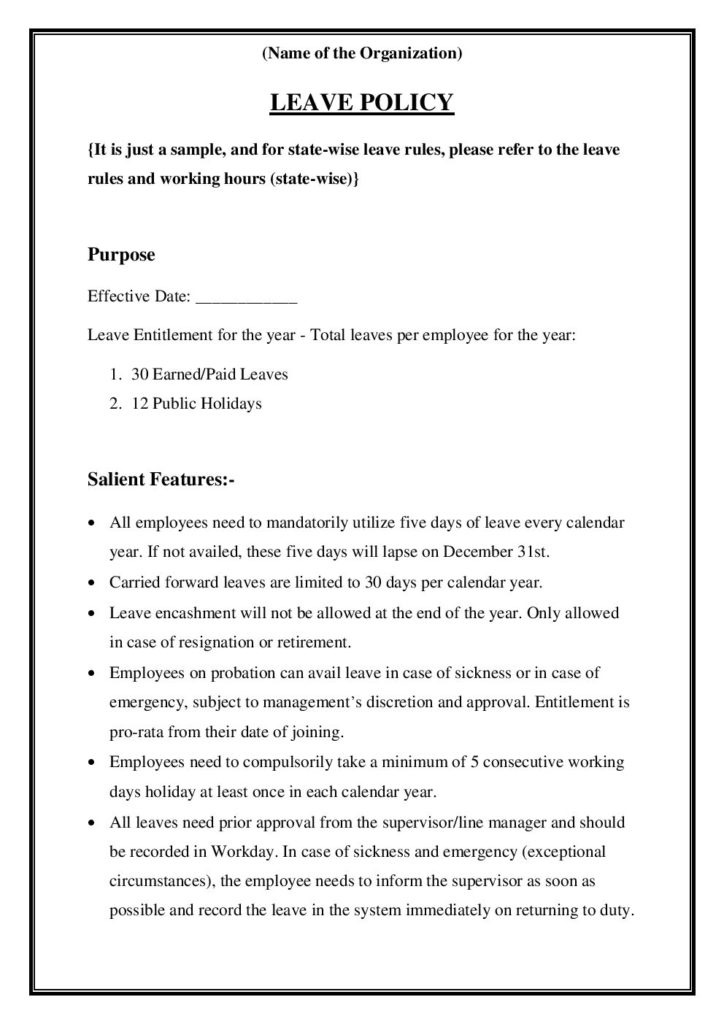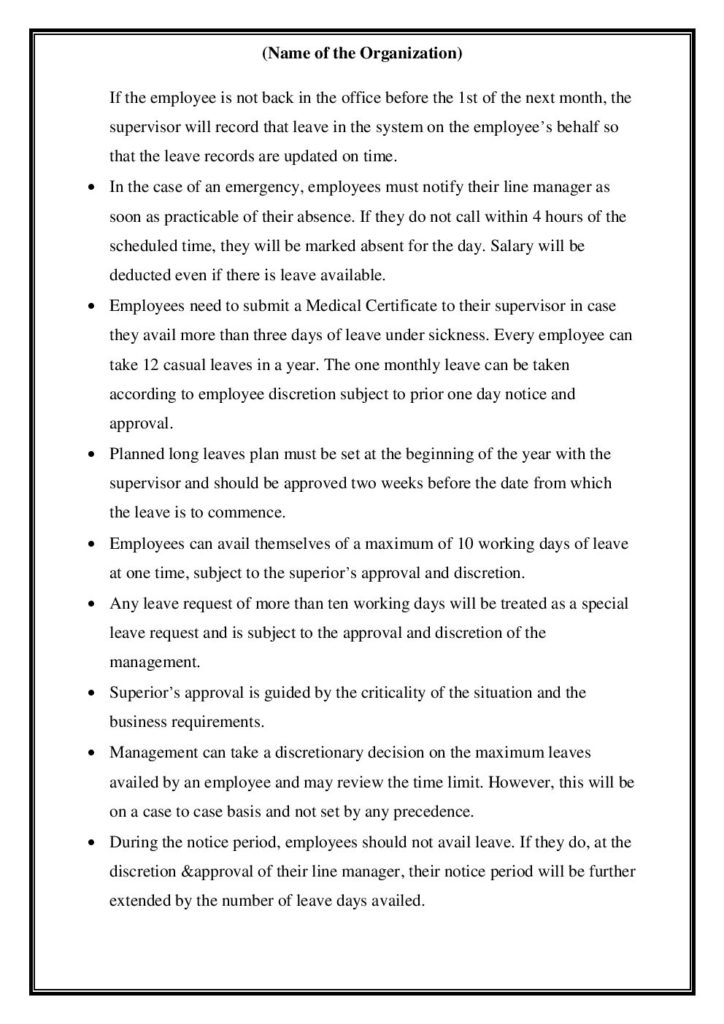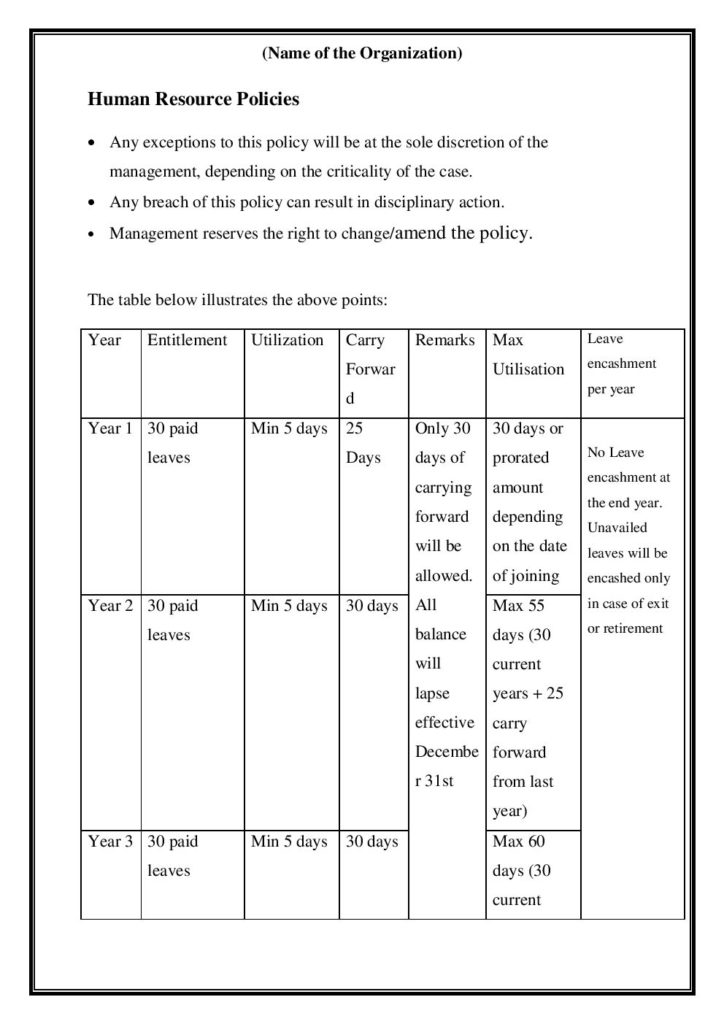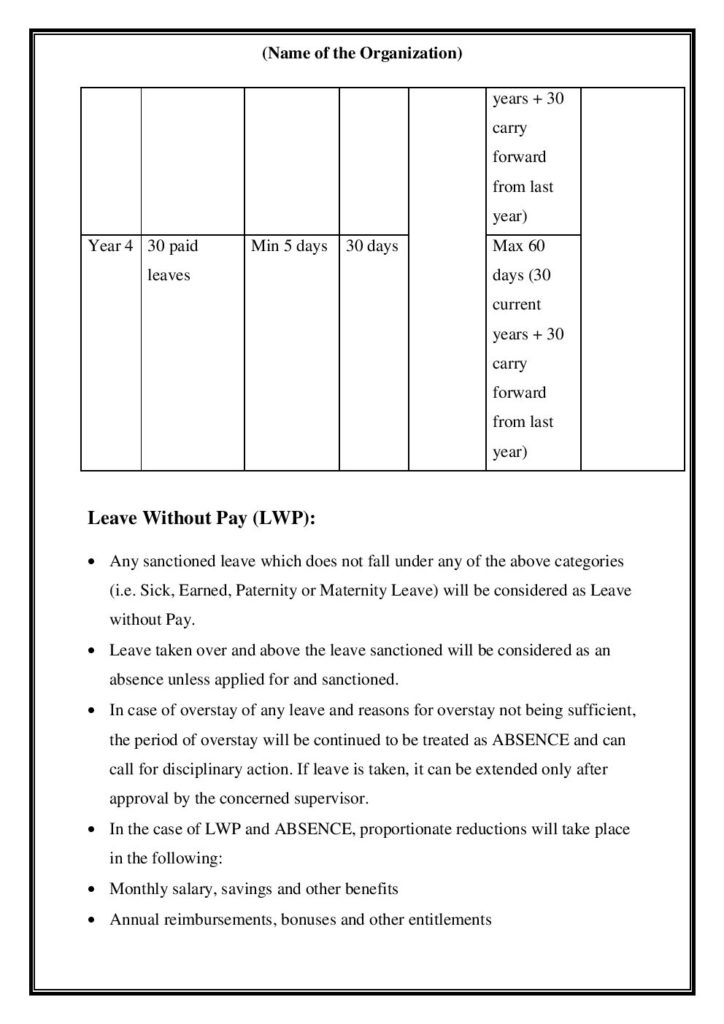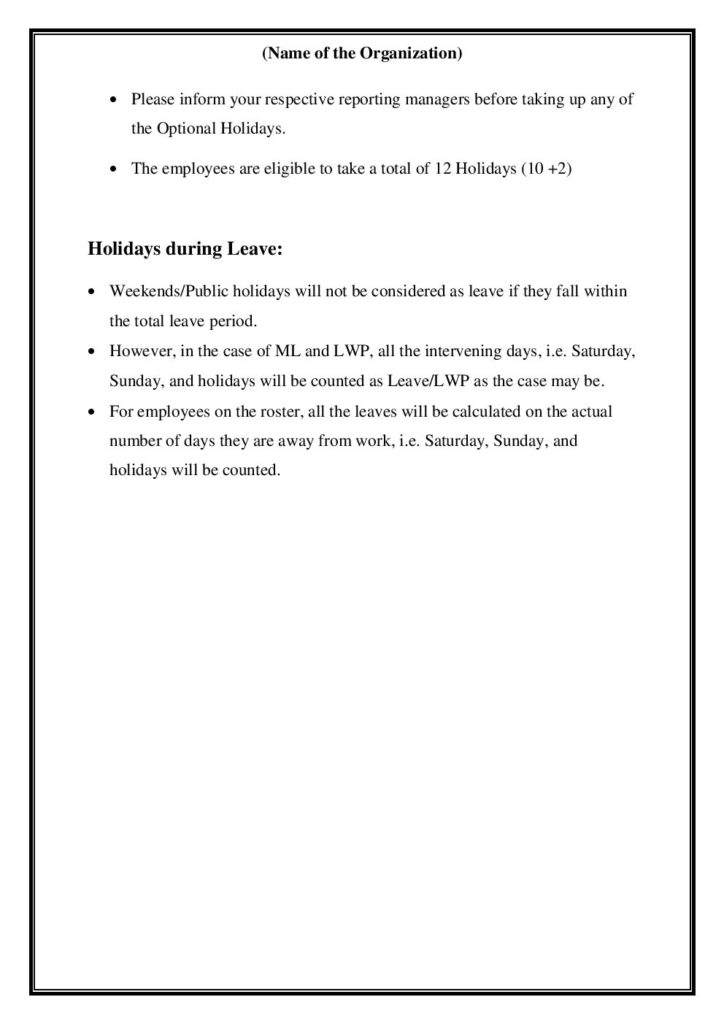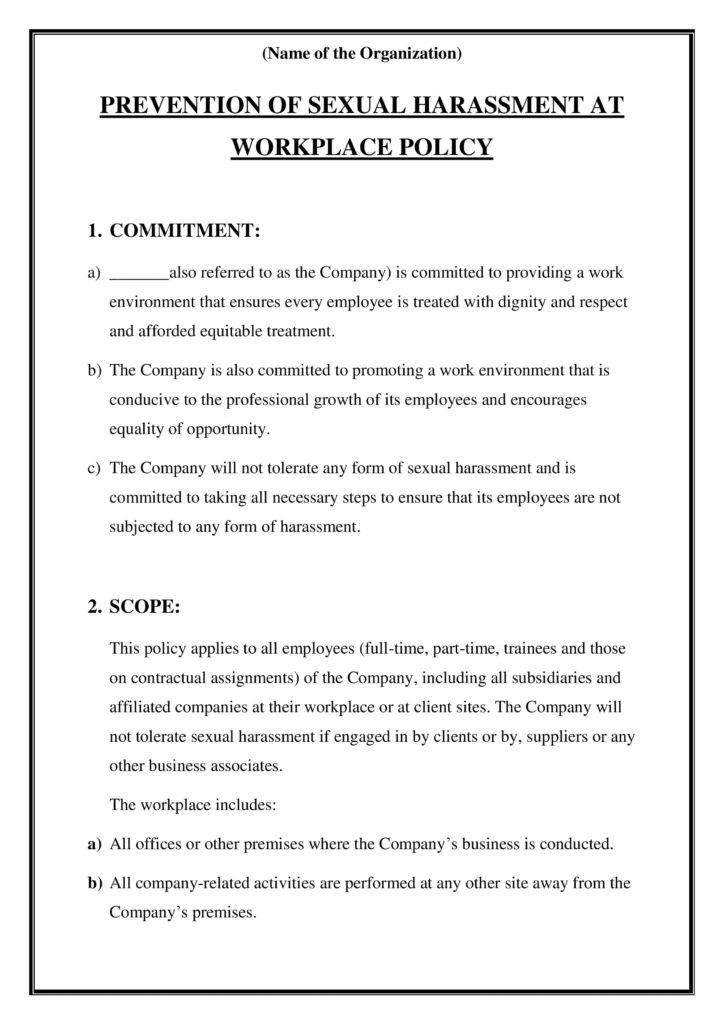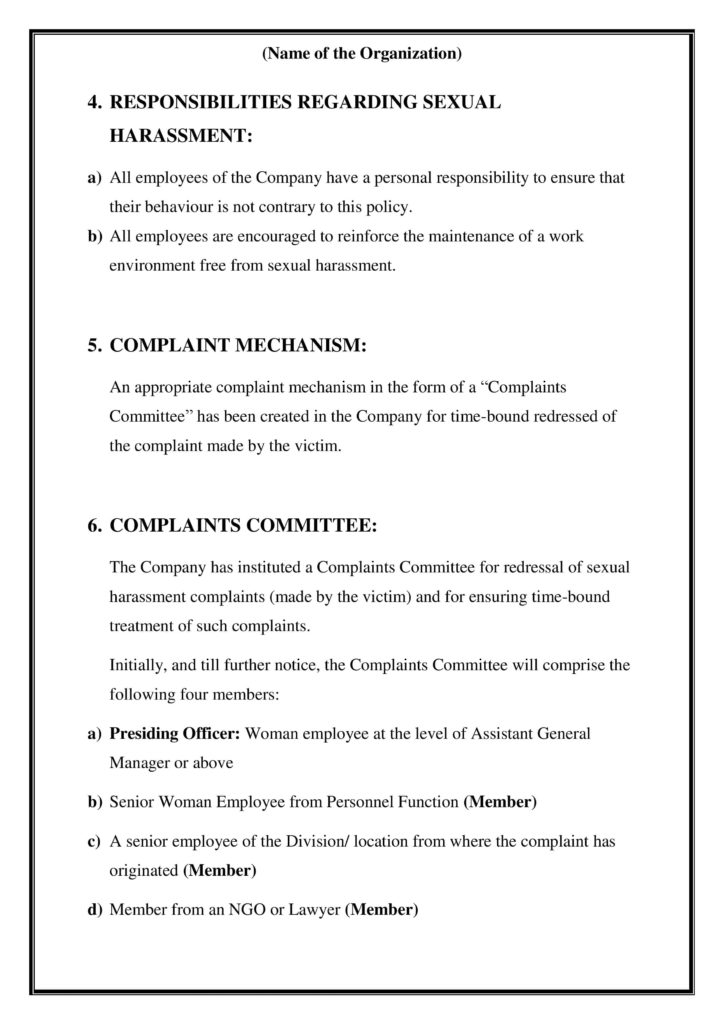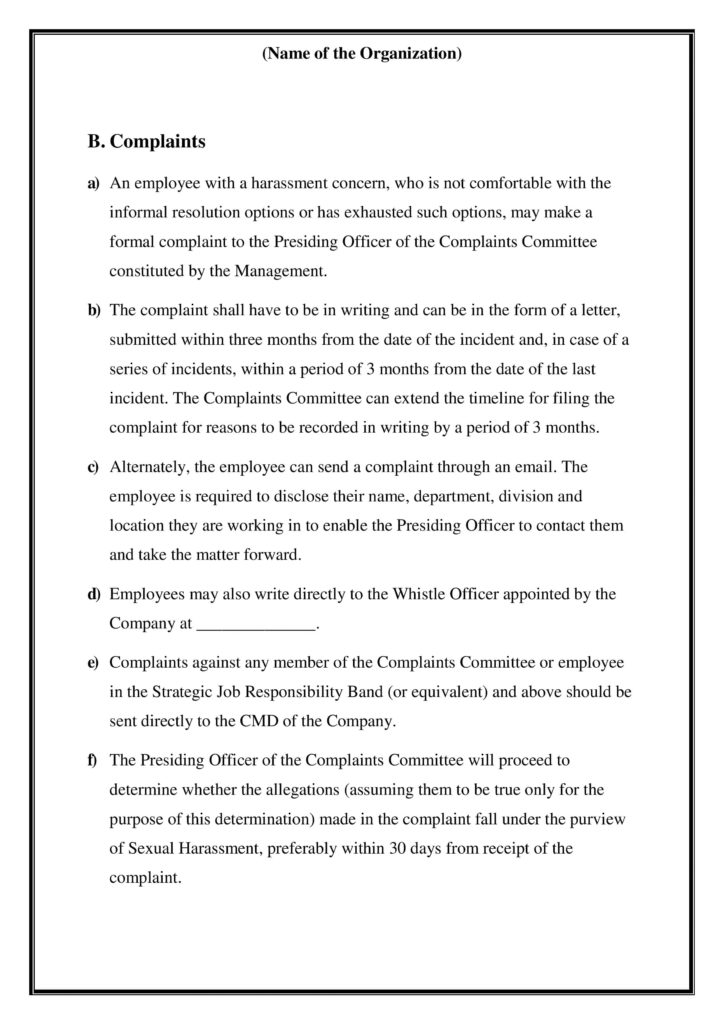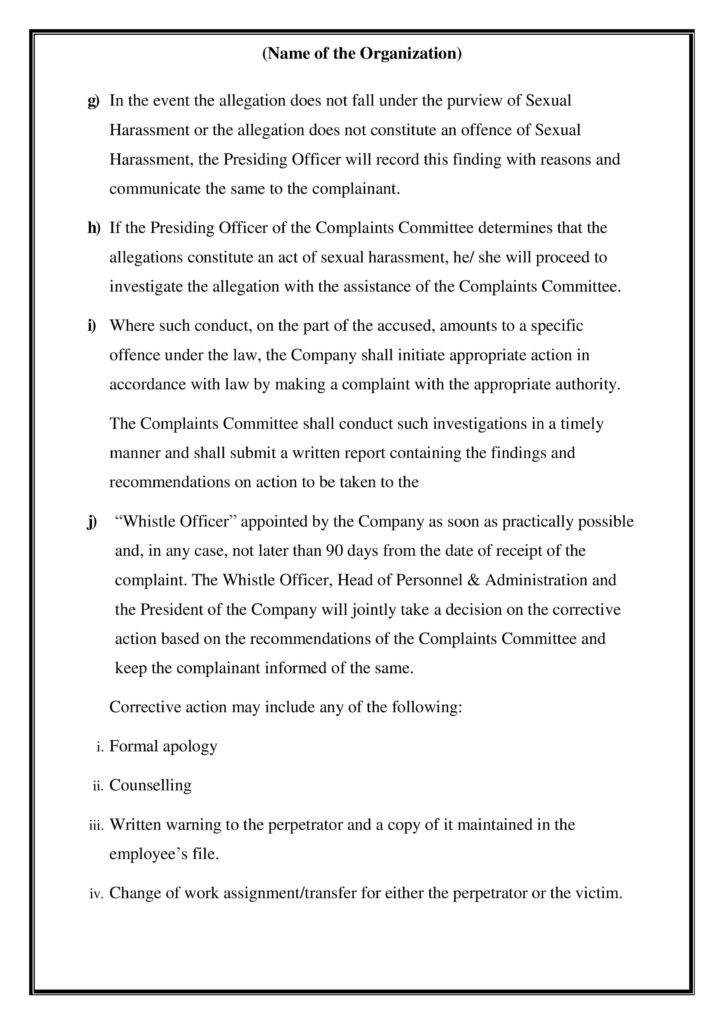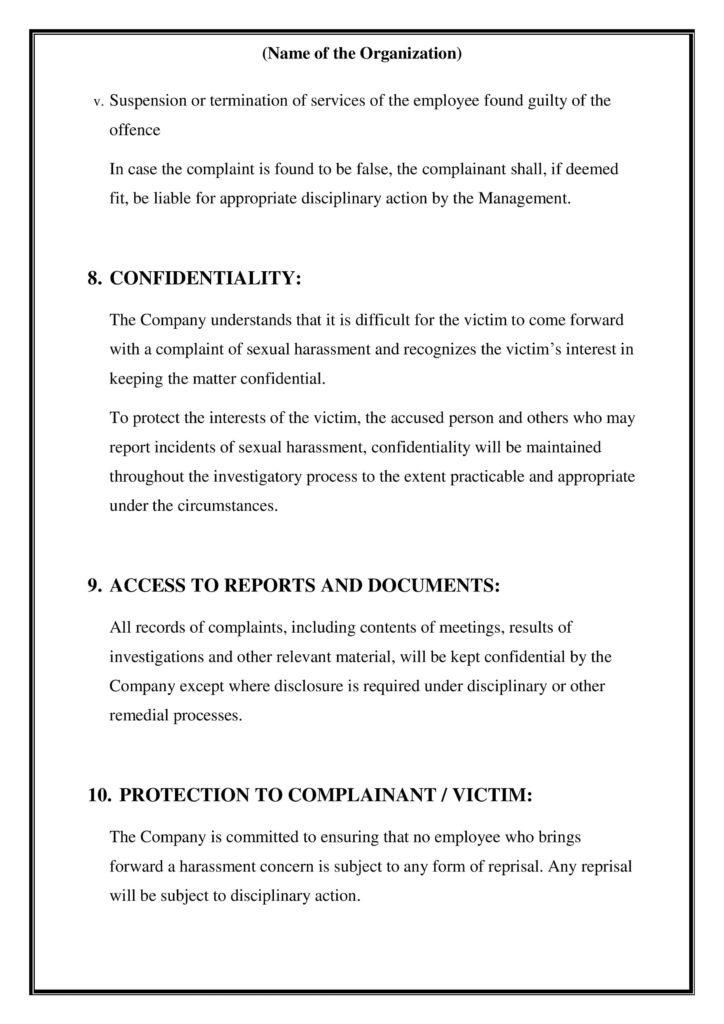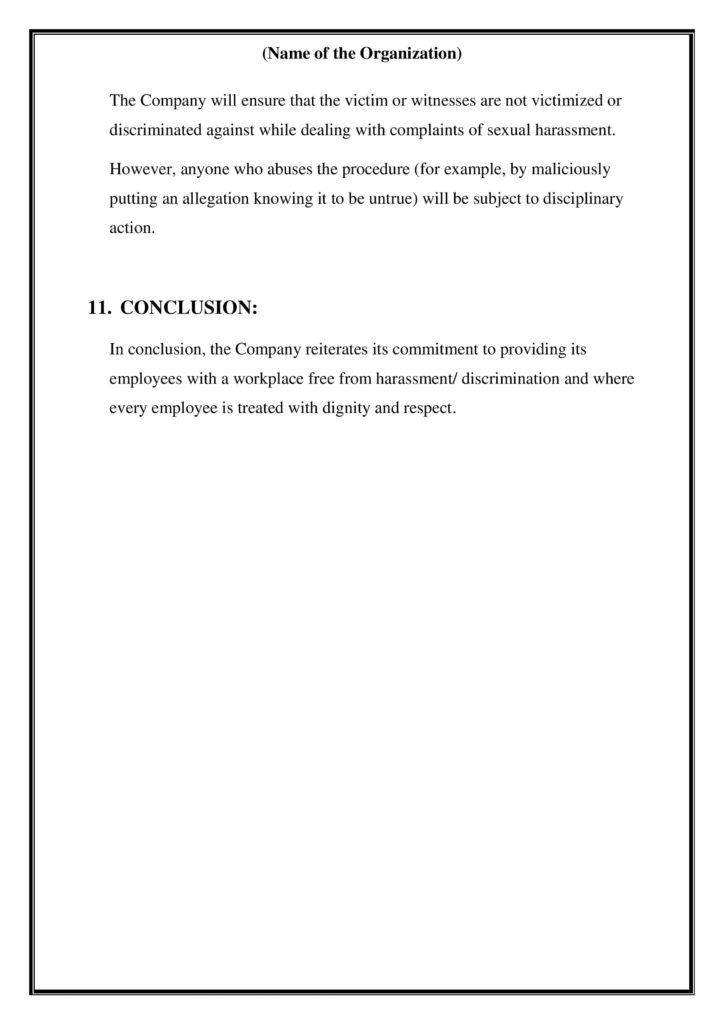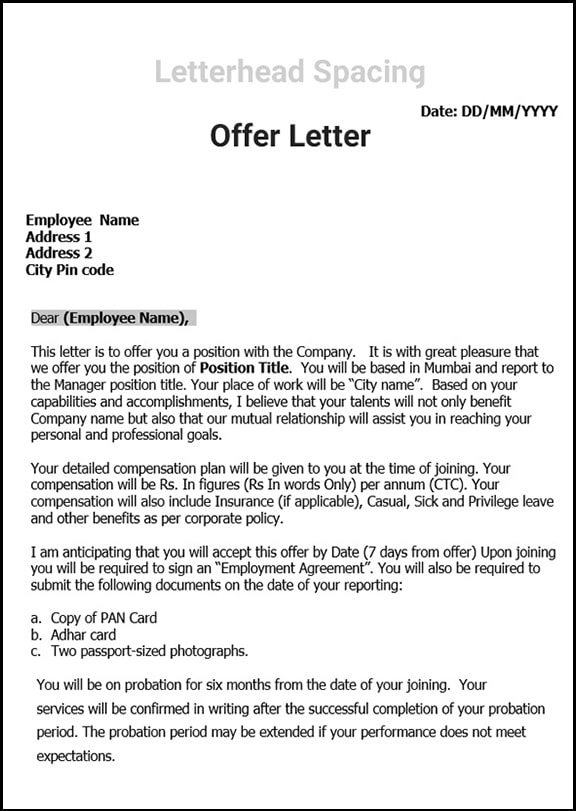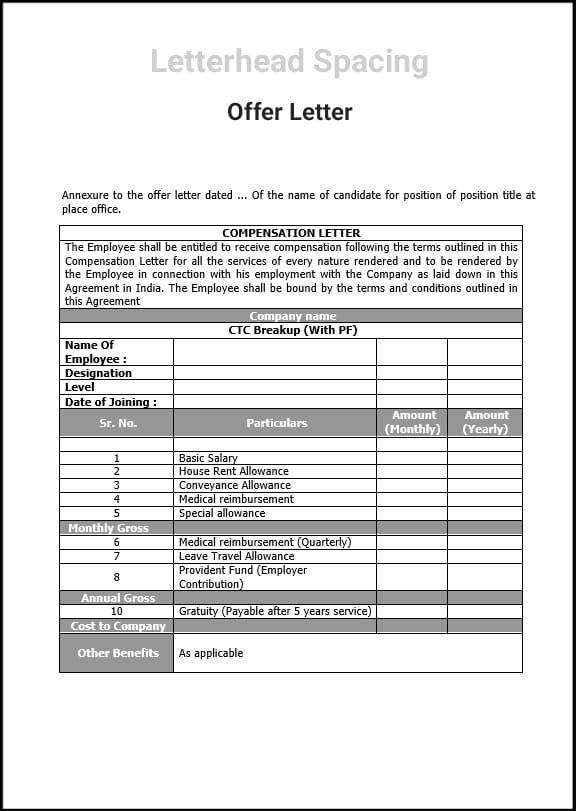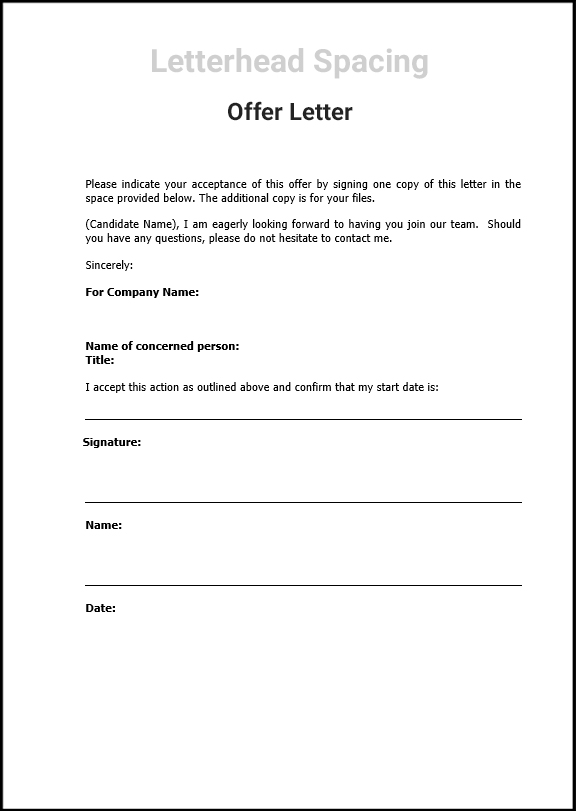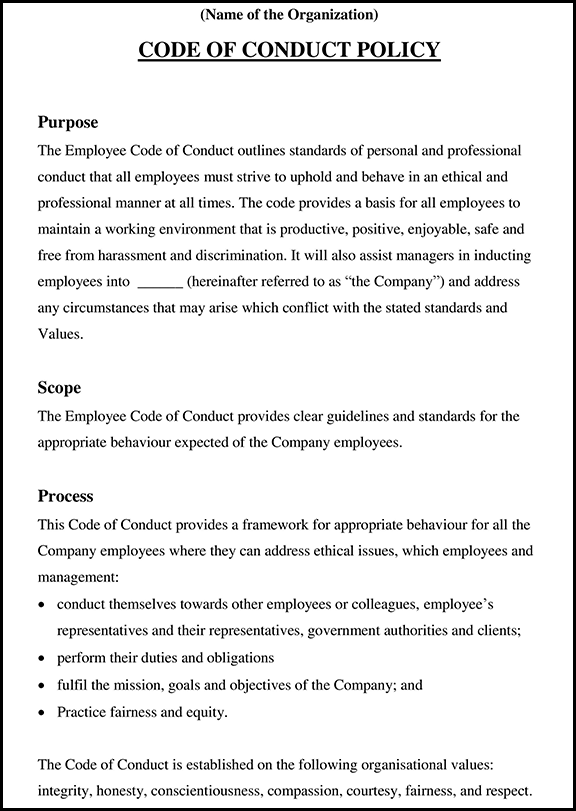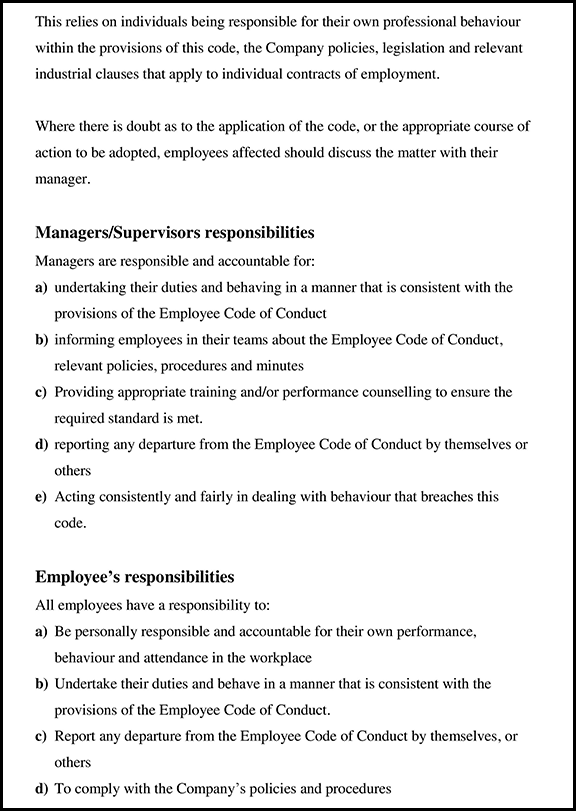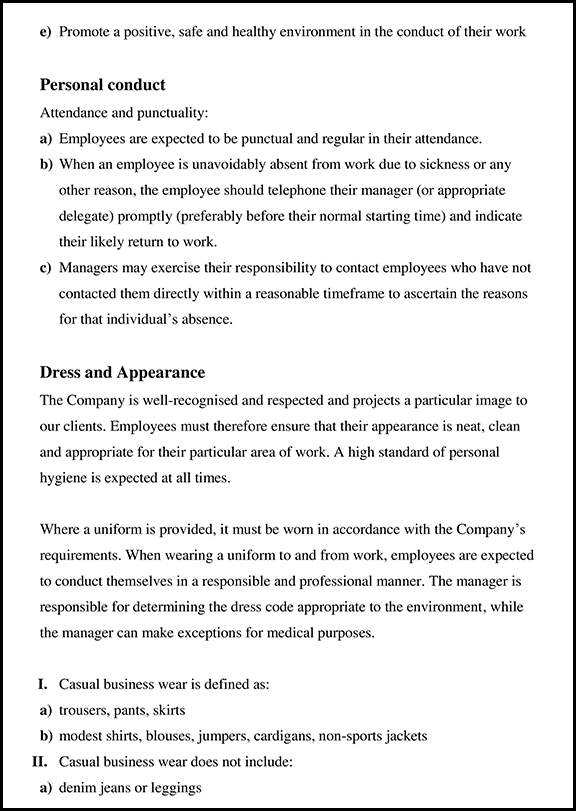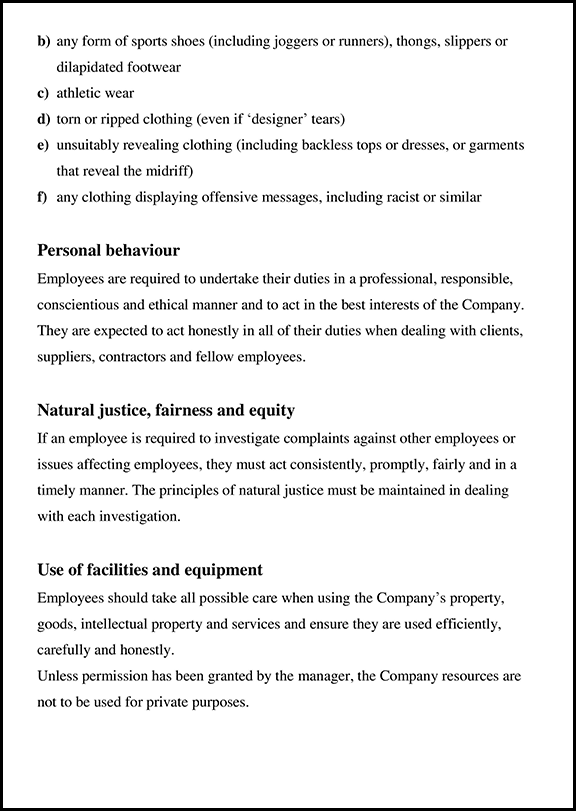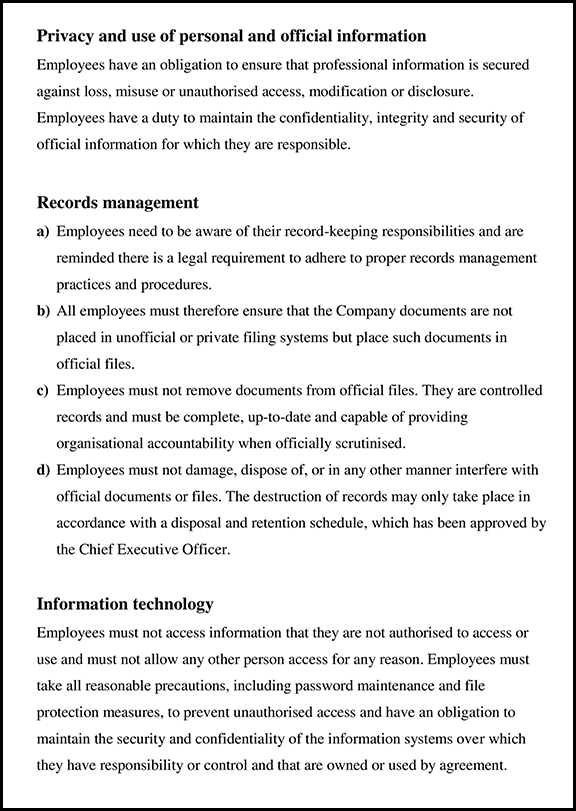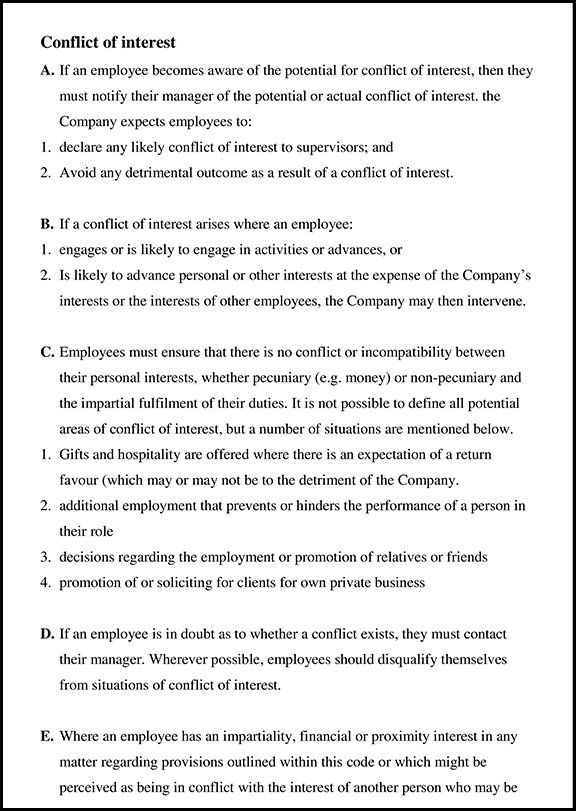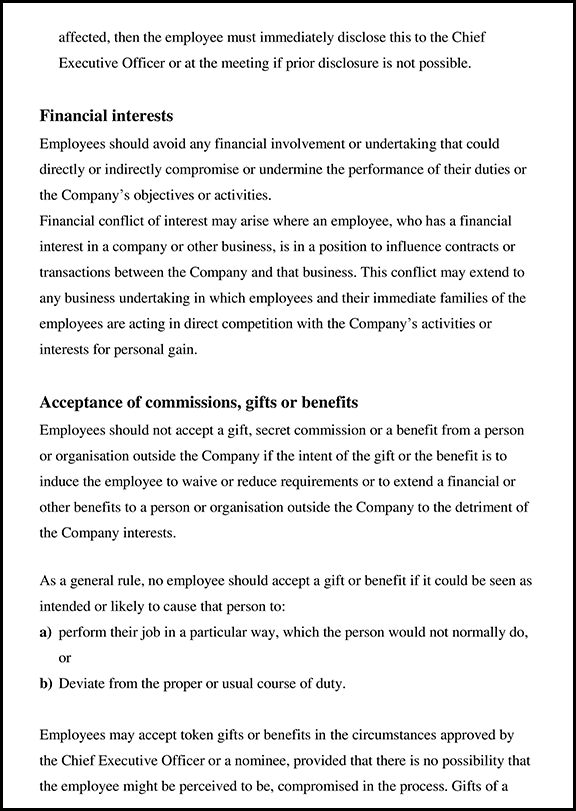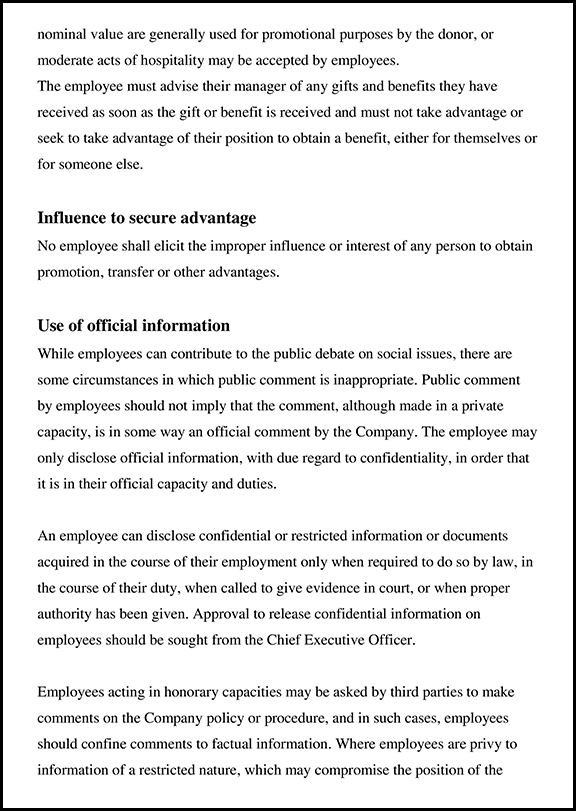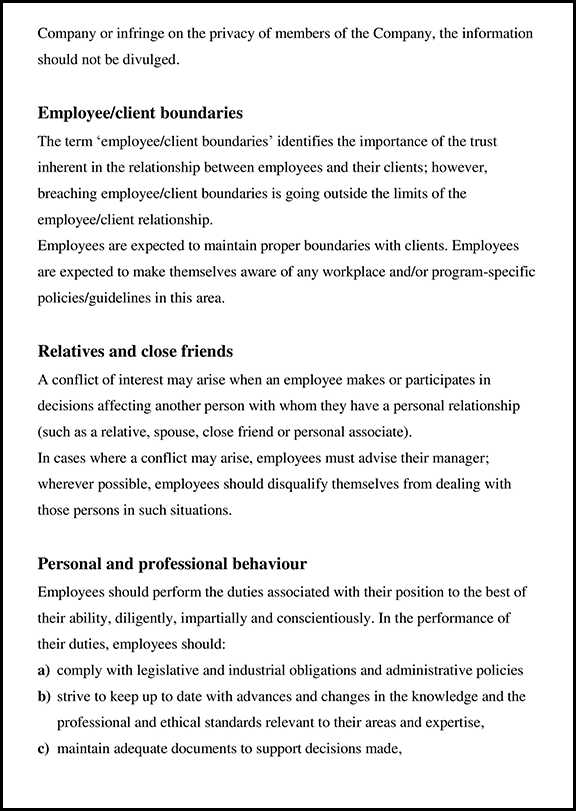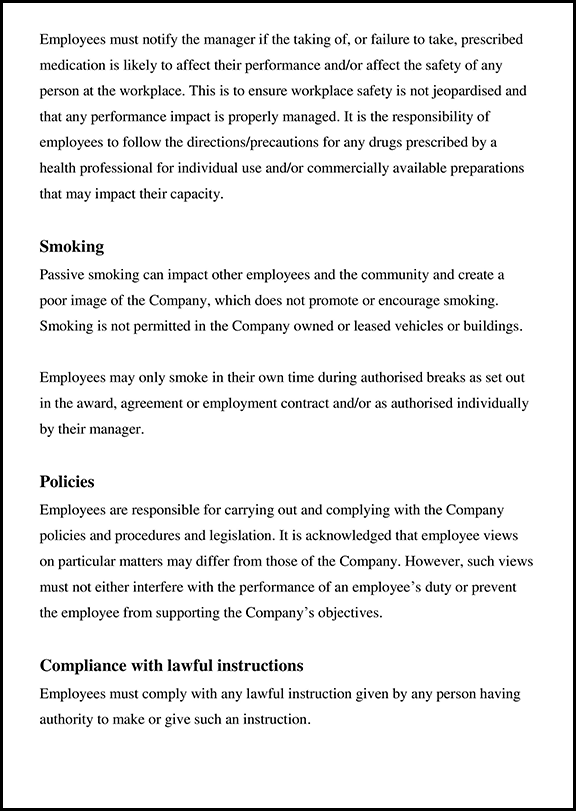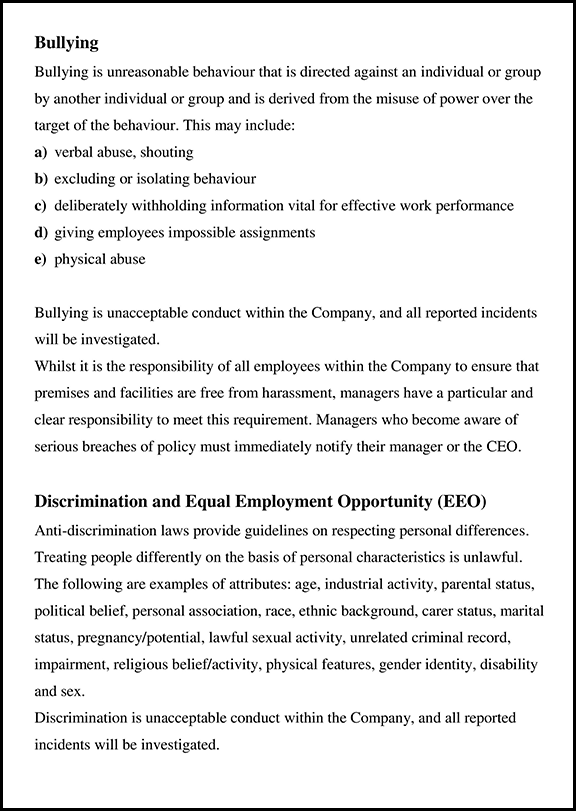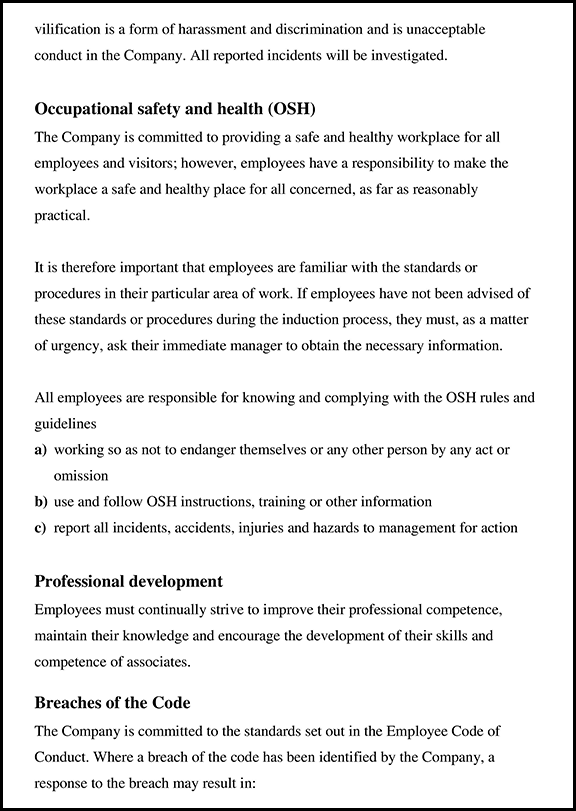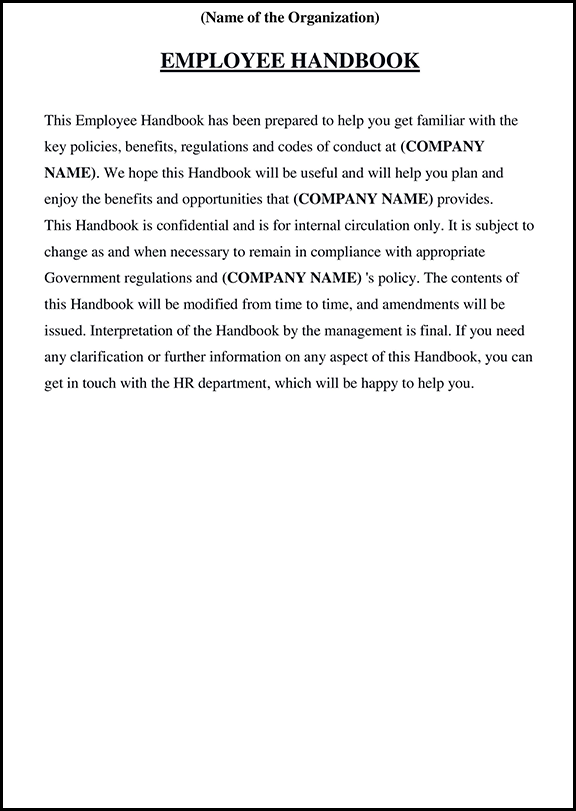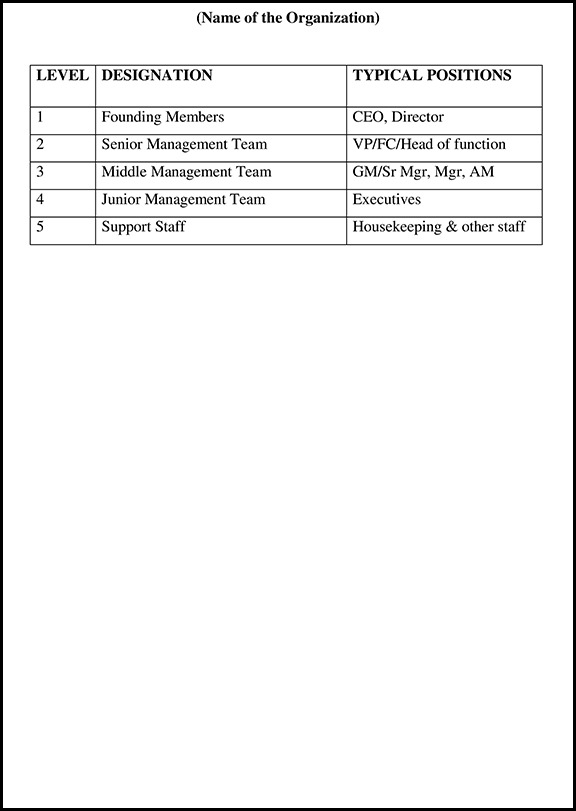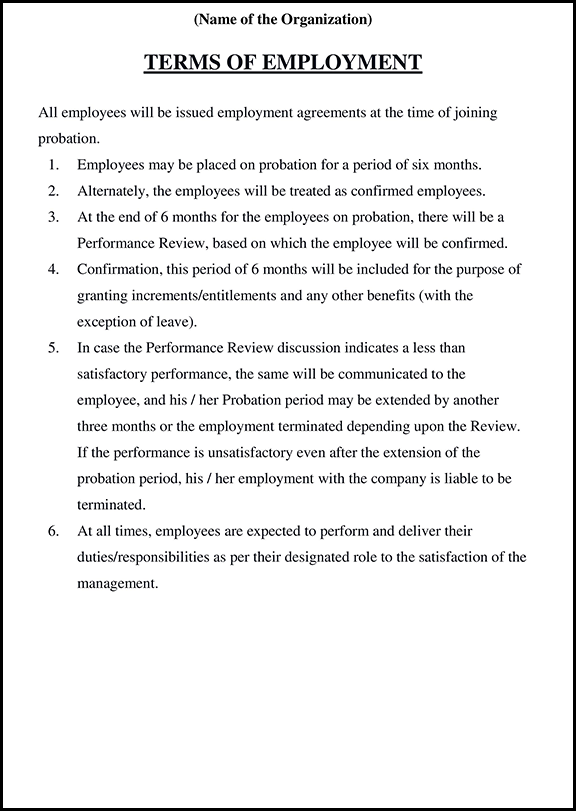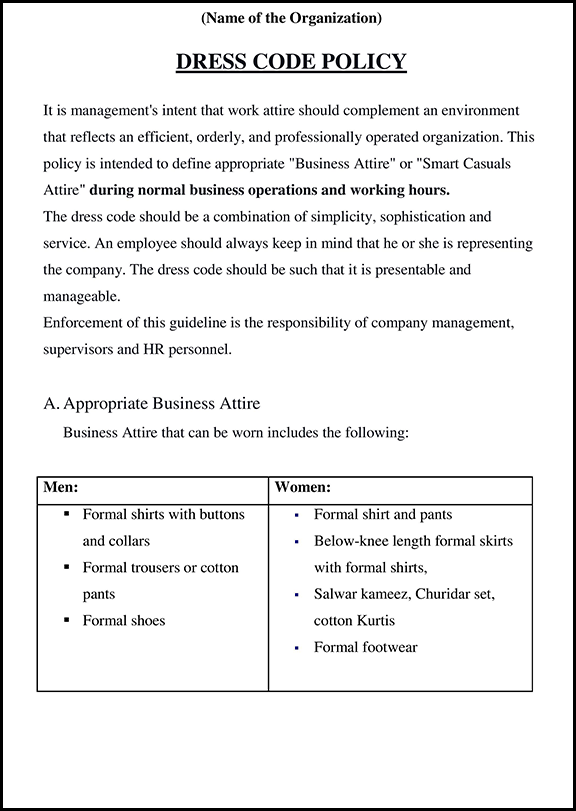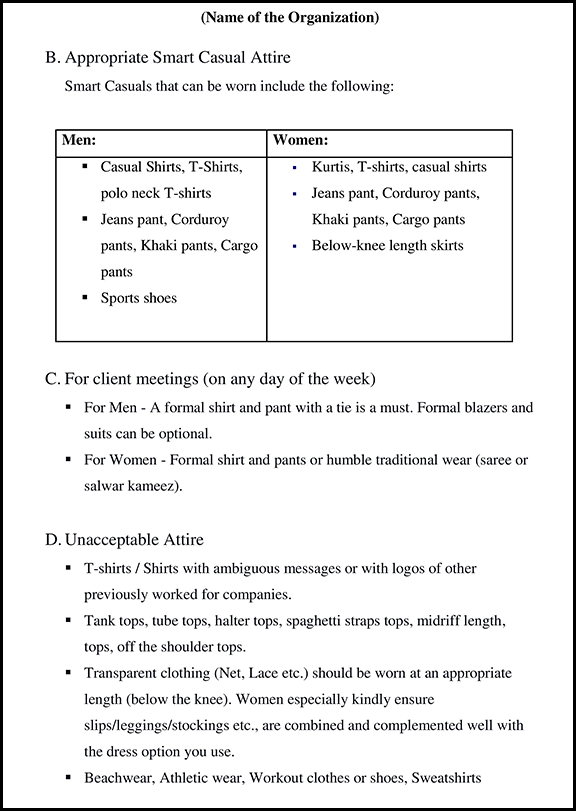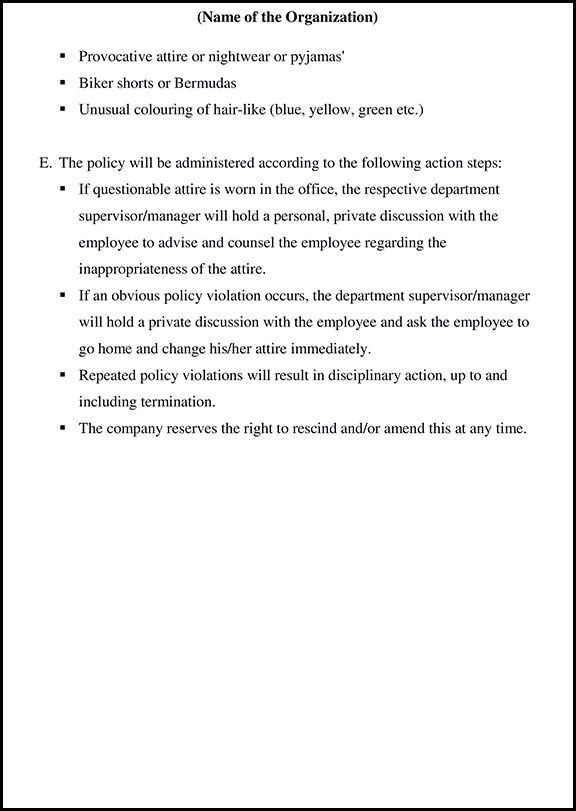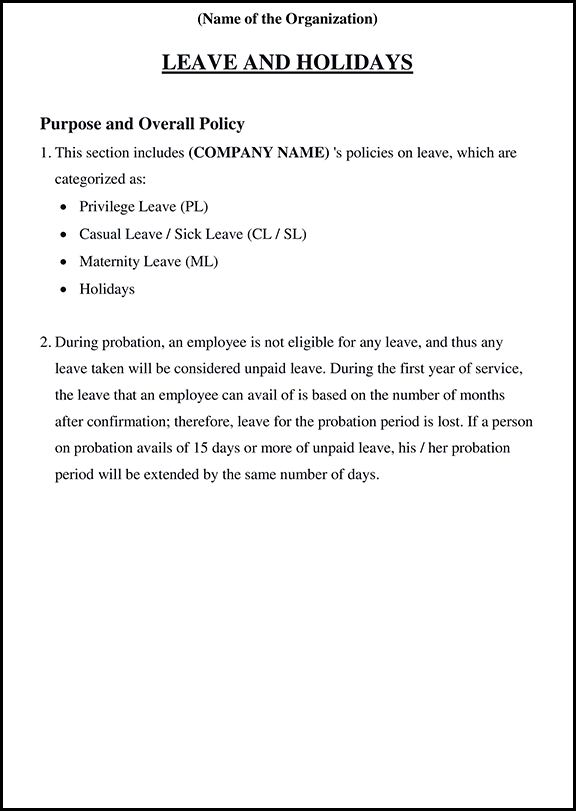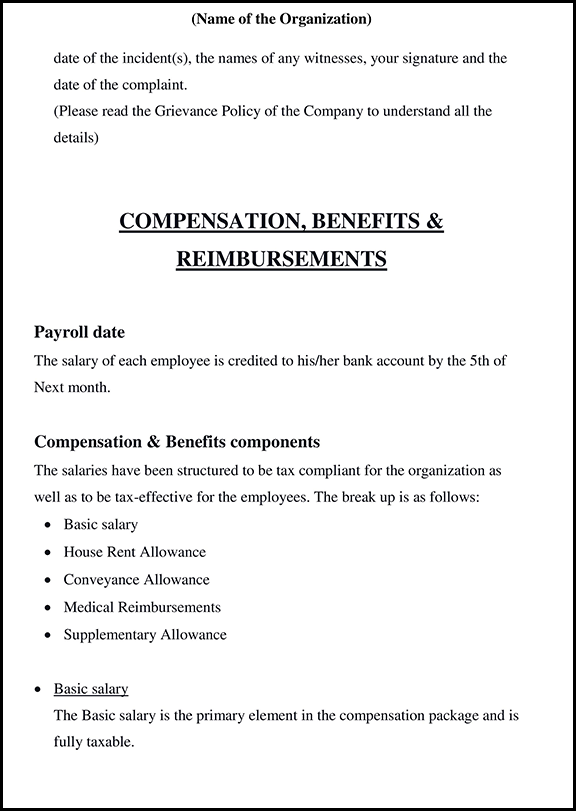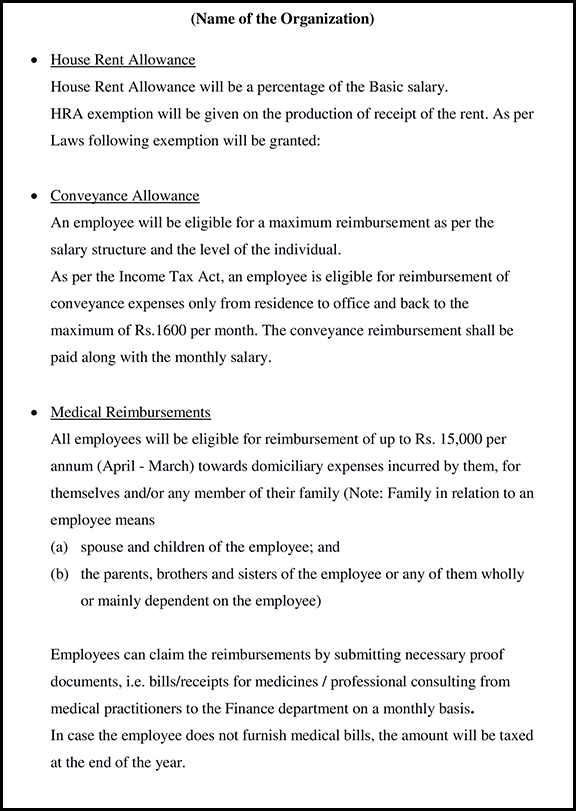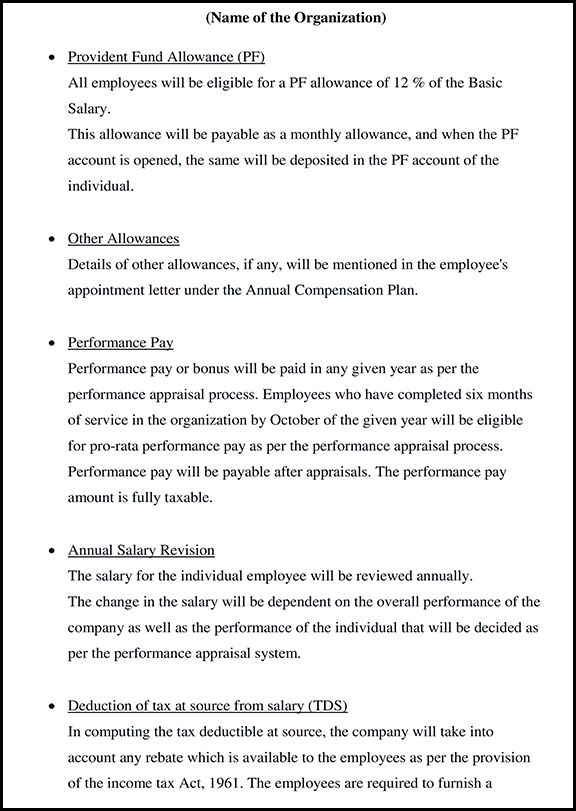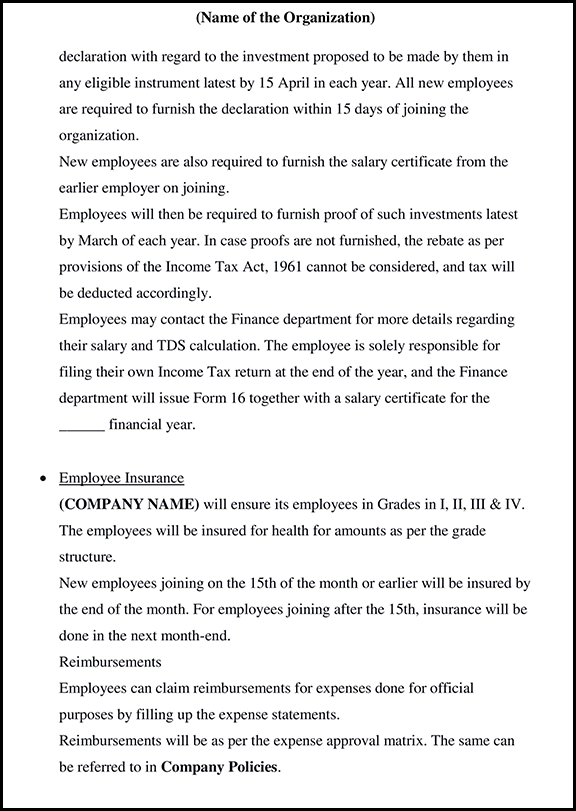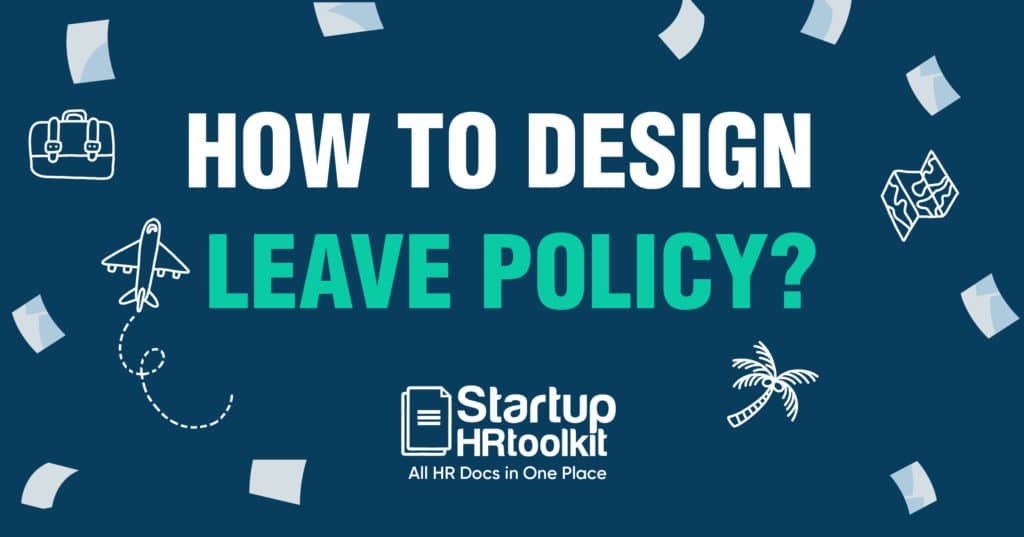
How to Design a Leave Policy?
What is Leave Policy?
The leave policy format is a record that outlines the guidelines, rules, and regulations in relation to the types of leaves that an employee can utilize. A leave policy outlines the various kinds of leaves an employee can avail in different situations like maternity leave, causal leave, and sick leave. This article particularly informs about, How to design a leave policy. It outlines the rules and regulations regarding different aspects like permission of leave, encashment, availing, eligibility, and more. The company’s culture and professionalism are shown through the tone, language, and through friendly quotient of the leave policy format.
How To Design a Leave Policy
Company culture has a significant stake in the way its policies and processes are structured. Cultural boundaries define company goals, ethnicity, location, and how open or conservative a business is. Family businesses operate in a closed periphery, leading to traditional practices whereas, a corporate or an MNC will have very open and inviting policies.
1. Size of company
Your company could be a start-up, an SME, or an MNC; but the need for a good Leave Policy is never out of fashion. Leave policies for start-ups can be flexible, considering the ownership every person takes as well as the drive to launch the company in the next plane. SMEs would require a little push holding both conservative and flexible approaches. MNCs need to have structured and location-specific leave policies. What works best in the United States does not appropriately work better in India. Culture is an important dimension that sensitizes and demarcates one company’s policy from the other.
Start-ups can have unlimited paid leaves, and no sick or casual leave but, MNCs should have a highly structured system and approach considering the considerable workforce.
2. Nature of Business
Leave policies should be made considering the nature of business. Hence, finer elements of a policy should work around aspects like full-time, part-time, onsite & offshore employees.
For onsite employees like Software Developers, the client’s leave policies should sync with the parent company’s leave policy for ease.
A business that demands to work on weekends like retail chains and operations cannot have fixed leaves and therefore enjoys the benefit of leave on weekdays. For processes that require working in double or extra shifts, a subsequent compensatory leave or compensation should be taken into account.
3. Global Perspectives
Globalization has positively benefited us. We have MNCs representing different parent countries and cultures. Indian home ground has a host of festivities and holidays to name; however, companies need to incorporate the local holidays their parent company celebrates. Christmas is the most excellent example here. The US counterparts or clients have one festival that’s absolute holiday time. The European or Southeast Asian counterparts have their share of local holidays too. Therefore, major local holidays must be a part of the yearly leaves.
Leave Policy Format Includes
Purpose
The purpose of implementing a leave policy is to give employees the necessary time off for situations where they can be sick or need to attend to personal matters. The policy ensures that employees get the correct amount of leave and the time required to take care of themselves while ensuring that they meet their professional obligations.
Scope
Paid leaves support employees in times of need without worrying about the loss of pay. In addition, paid vacation help employees to take some time off and energize. Research shows that an employee-friendly leave policy improves employee retention, satisfaction, loyalty, and productivity.
The purpose of the leave policy is to enable employees to balance their personal and professional lives.
It encourages employees’ better mental health as well as physical health. In addition, it maintains a work-life balance that reduces stress and strain.
Eligibility For a Leave Policy
Eligibility as a criterion helps in ascertaining the sanctioning of leaves.
1. Is an employee eligible for leaves during probation?
2. Can an employee take leave while serving a notice period?
3. How many annual leaves is an employee has?
4. What is the quantum of leaves that can be opted at once, and can it be approved?
5. For convenience, leaves should bifurcate under different segments for better management.
3. Guidelines
1. Every employee is to use five days of leave every calendar year. If failed to do so, these five days will expire on 31st December.
2. Leaves taken forward are available only for 30 days per calendar year.
3. Encashed leaves are not permissible at the end of the year. Also, it only qualifies if there is a case of retirement or resignation.
4. Employees on probation can also take leaves if there is an emergency or they are sick. As well as it depends on the manager’s discretion and permission.
5. Every leave approval by the supervisor and manager will be recorded during the workday. Suppose there is a situation where an employee is sick or in an emergency. In that case, they immediately need to inform their supervisor or manager to record the leaves in the leave system upon resuming duty. Employees taking leave without informing their supervisor or manager might charge with disciplinary action.
6. If there is an emergency, employees must inform their manager if they are taking a leave of absence. If they report to the manager within 4 hours of the expected time, they will be marked present, and their salary will be deducted even if they have left.
7. If an employee takes sick leave for more than three days, they are to give a medical certificate to their manager stating the cause of the leave. Employees can take 12 casual leaves in a year. The one monthly leave may be taken at the employee’s discretion with one day’s notice and approval in advance.
8. If an employee wants an extra leave, they should acquire and talk to their manager at the beginning of the year, and the leaves should be approved two weeks before the leave commences.
9. Employees get ten working days’ leave once confirmed with the supervisor.
10. Any leave for more than ten days will be a special leave request and must be approved by the management.
11. A manager’s approval depends on the situation’s seriousness and the business’s requirement.
12. The maximum number of leaves an employee may use is a subjective choice made by management, who may also decide to review the time restriction. The decision will be made on a case-by-case basis without regard to the past.
13. An employee may not take leaves during the notice period. If they do, they should get approval from their manager, and the number of working days will increase by the leaves available.
You can easily take any leave using the HR Software for leave management like maternity, paternity, sick, and casual leaves. An employee can send out emails to their manager or supervisors asking them for a leave of absence.
1. Also Read: Top Highest Paying Jobs in India
2. Also Read: A Complete Guide to Documents Required For Company Registration in India
3. Also Check: Leave Policy Format For Employee
Types of Leaves for Employees
1. Sick Leaves
Sick leaves are for both long and short-term health needs, it depends on the company and state laws an employee can use sick leaves for themselves or for their family members.
2. Casual Leaves
Casual leave is a sort of leave in reaction to an incidental emergency or incident. A leave of absence for an employee beyond the probationary period is known as casual leave. Furthermore, taking this kind of leave call requires prior authorization.
3. Statutory Leaves
State or country norms have identified some leaves as statutory in the interest of the working community. While government and private organizations differ in these mandatory leave policies, the former and latter both have their benefits. Leaves classified as Maternity, Paternity & Bereavement are governed by labor laws and are binding. These are paid leaves and should be a mandate in every company’s leave policies.
4. Maternity Leave
Maternity leave is a leave for a female before and after giving birth. The law differs in different countries, the leave for a mother to give her the right amount of time to recover, give birth, and care for their newborn child. The Maternity Benefit (Amendment) Act 2017, which was passed by the Rajya Sabha in the year August 2016, has now also been approved by the Lok Sabha in the same year, in March 2017. There are some changes under the law, where the paid maternity leave is from 12 weeks to 26 weeks for working women.
5. Paternity Leave
Paternity leave is when the father takes some days off when his child is born. According to the central government, a father is has around 15 days of leave to look after his newborn but there is no formal policy regarding this. This leave depends from company to company and country to country.
6. Bereavement leave-
Being empathic can lead companies in building relations and sustaining employees. Bereavement leave applies to the death of a close family member. There are no concrete policies around it, but a minimum of 1-7 days of paid leave is valid. On humanity grounds, offering bereavement leave can help companies attach value to employees and their life. Though death is an unwelcome event, companies should act towards incorporating bereavement leave in their leave policies.
7. Sabbaticals
A refresher is sometimes the only option to bring in the best or retain the best. A sabbatical is long leaves opted for travel, further studies, or just a break. Also, sabbaticals are unpaid leaves as they stretch over a long period. The only assurance is retaining your job. Sabbaticals are not a very warm prospect, yet, in the Indian landscape, considering the nascent leave policies around it, a specific policy needs to be dealt with.
8. Roll-over Leaves
Every company has a leave policy that stretches across the year. E.g., Calendar year (1st Jan – 31st Dec) or financial year (1st Apr – 31st Mar). If an employee does not utilize their leave within a year, they lapse. Some companies have a provision for reimbursing on the leaves, while most companies consider them lapsed. A rollover of leaves can be a flexible provision where leaves can continue in the succeeding year. An employee who has gathered unused leaves implies the employee has been working more than the standards set. Companies can show a little sensitivity toward acknowledging this gesture by introducing this roll-over leave option.
Leave Policy Management
While leave policy formulation is essential, leave management is another crucial aspect. Significant discrepancies can arise if there are errors in employee compensation.
A comprehensive leave policy with an efficient process means your significant worries are over. It is garnering the right practices for a service that links to results like salary, performance, and appraisals. Smaller organizations can pull off the process manually, but the larger organization needs robust policies and a leave management system.
1. Requisition Form
A form that classifies the purpose of leave and other details for the use of record-keeping is the requisition form.
2. Leave Approvals
The management or authority should approve the requisition form. In smaller organizations, there can be one authority, but larger organizations should have a couple of leave approval authorities in the hierarchy to ensure smooth functioning and easy and quick approvals.
3. Tracking system
Having a biometric attendance tracking system in place ensures the data is in place and retrievable for documentation as well as analysis of succeeding processes like salaries and appraisals.
4. Guidelines
Let the leave guidelines be bold and visible, and not something ambiguous.
All this said and done, the finest elements of the leave policy should be put in black & white and should in circulation amongst employees for a better and aligned process.
5. Industry Norms
Industry norms should account for while devising leave policies. A fair amount of research on the policies and practices makes you come up with a flexible product that ensures better employee retention. If you have surveyed the market and devised an excellent leave policy, you will undoubtedly retain employees as they check with their industry counterparts. A good leave policy also shows a company cares about its employees and will certainly attract the right talent.
Also, culture, location, diversity, and ethnicity, define the detailed aspects of a company’s leave policy. What is essential is every organization should be able to maintain transparency between saying and practicing. HR or the management authorities should empathize with the idea that the request for leave is the fundamental right of an employee. Approving and availing the leave, and understanding the need of the employee is a human factor primarily. Leaves foster productivity. Employees reset themselves after leave and come to work refreshed. Make your organization a place that is employee-conscious, and complete your goals.
Lastly, it’s the HR or the management authority that brings a personal touch to the entire event. How important are your employees to you and your organization should be the first question you should ask while designing a Leave Policy.
Join a Community of 1,00,000+ HR Professionals











